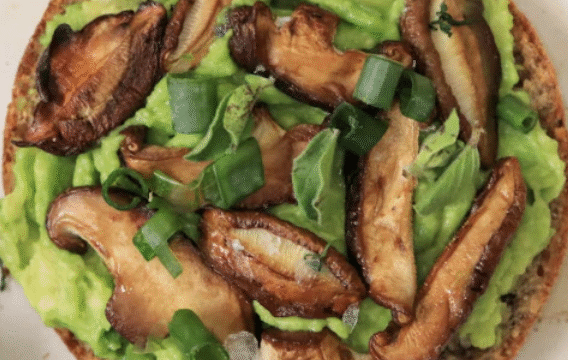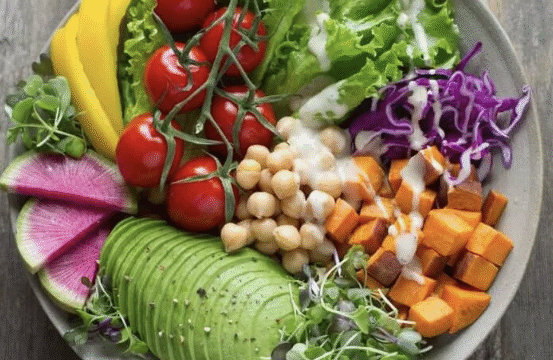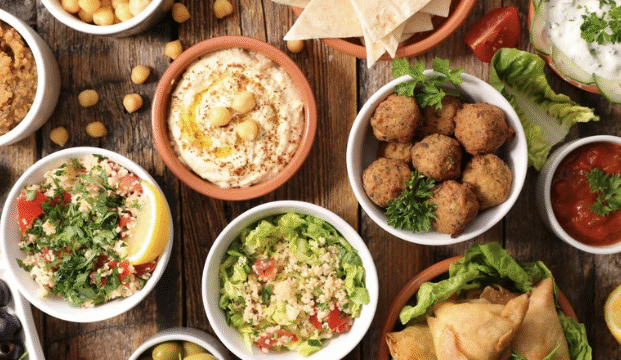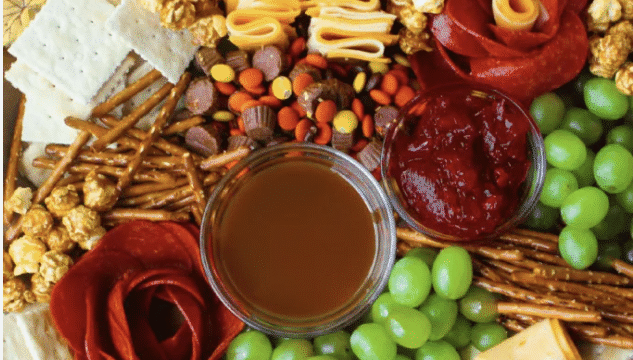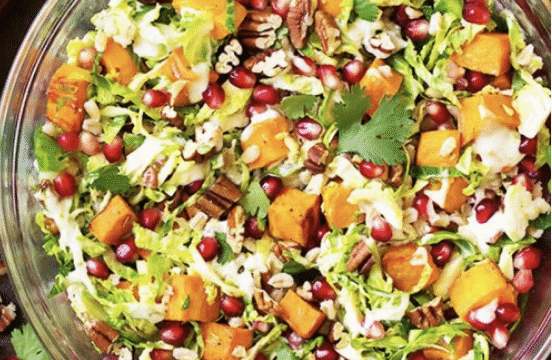Snacking gets a bad rap—but when done right, it can support energy levels, focus, and overall well-being. A balanced snack isn’t just about calories—it’s about choosing the right mix of nutrients to keep you satisfied between meals.
What Is a Balanced Snack?
A balanced snack includes a mix of:
-
Complex Carbohydrates: These provide steady energy (e.g., whole grain crackers, fruit, or oats).
-
Protein: This helps keep you full longer (e.g., yogurt, cheese, or nuts).
-
Healthy Fats: Fats add flavor and support brain function (e.g., avocado, seeds, or nut butter).
-
Fiber: Fiber supports digestion and satiety (e.g., vegetables, fruit, or legumes).
By combining these elements, you create a snack that fuels both body and brain—without the sugar crash that comes from ultra-processed snacks.
Why It Matters
Balanced snacks help:
-
Prevent energy dips between meals.
-
Support focus during work or study sessions.
-
Reduce overeating by curbing extreme hunger.
When you fuel your body with a steady supply of nutrients, you’re more likely to make thoughtful choices at your next meal.
Simple Balanced Snack Ideas
Try these quick, nutrient-rich combinations:
-
Apple slices with peanut butter
-
Whole-grain crackers with hummus
-
Greek yogurt with berries
-
Trail mix with nuts, seeds, and a few dark chocolate chips
-
Baby carrots with cottage cheese
-
Banana rolled in oats and almond butter
Tips for Smarter Snacking
-
Watch portion sizes: Even healthy snacks can add up.
-
Plan ahead: Keep balanced options on hand to avoid impulse choices.
-
Read labels: Aim for snacks with minimal added sugar and recognizable ingredients.
Final Thoughts
Snacking can be a smart part of your daily routine when you focus on balance and nourishment. Whether you’re at work, school, or on the go, taking a few extra moments to choose a well-rounded snack can make a meaningful difference in how you feel.

